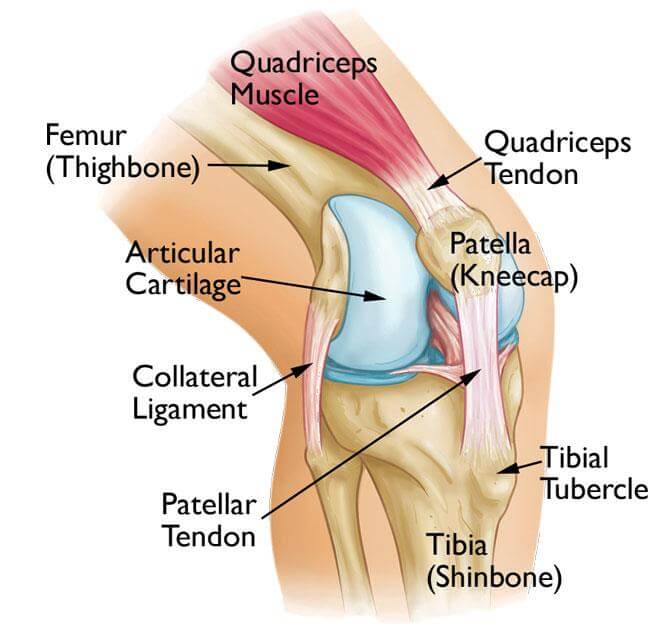Are you suffering from anterior knee pain that gets aggravated by activities like ascending/descending stairs, sitting with knees bent, kneeling or squatting?
This pain arises from the patellofemoral joint itself or adjacent tissues.
The patellofemoral joint is where the back of the patella (kneecap) and the femur (thigh bone) meet at the front of the knee. The causes of anterior knee pain may be due to direct trauma, overuse and overload of the patellofemoral joint, faulty patellar tracking, joint degeneration, soft tissue length and strength imbalances in the hip, knee, ankle isolated or in a combination.
Diagnosis Of Patellofemoral Pain:
The diagnostic procedures mainly include the exclusion of other pathologies that causes knee pain. The clinical diagnosis criteria include:
- Presence of retropatellar pain. Dull aching pain at the front of the knee.
- Reproduction of the pain in activities such as squatting, climbing stairs and other activities that involve flexing the patellofemoral joint.
- Exclusion of the other conditions that cause knee pain such as tibiofemoral pathologies, etc.
Risk Factors:
Factors that can increase your risk include:
Age: Adolescents and young adults are the most commonly affected by patellofemoral pain syndrome. In elderly people, arthritis is the common cause of knee pain.
Sex: Women are twice likely as men to get patellofemoral dysfunction. This could be because a woman’s wider pelvis causes the bones in the knee joint to meet at a greater angle.
Several sports: Running and jumping sports can put additional strain on your knees, especially as you advance in your training.
Preventive Measures:
Patellofemoral Pain can be prevented by practising the following measures:
- Physiotherapy: Think alignment and technique. Ask your physical therapist about flexibility and strength exercises to optimize your technique for jumping, running and pivoting — and to help the patella track properly in its groove. Exercises focusing on Strengthening the quadriceps muscle, Closed and Open Kinematic Chain exercises, Vastus Medialis Obliquus (VMO) strengthening, Hip Abductors and lateral rotators strengthening, and proprioceptive training under the supervision and advice of the physiotherapist perform wonders.
- Keep a watch on the BMI. If you’re overweight, losing weight relieves stress on your knees.
- Begin with a warm-up. Before starting exercising, warming up for five minutes or doing a lighter version of the same exercise will help prevent knee injuries.
- Stretch. Stretching proves to be an effective way to relieve muscle soreness. Promote flexibility with gentle stretching exercises.
- Increase intensity gradually. Going gradual can go a long way. Avoid sudden changes in the intensity and increase it gradually as per the tolerance. Do not overload and overexert the joints.
- Invest in shoe smarts. Make sure your footwear fits well and provides good shock absorption. If you have flat feet, consider shoe inserts.








0 comments on “Patellofemoral Pain Syndrome Explained”